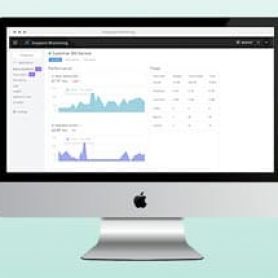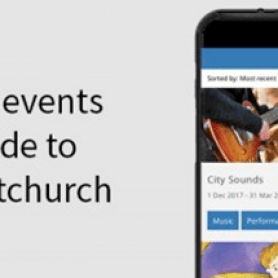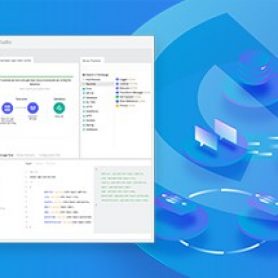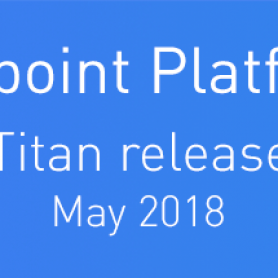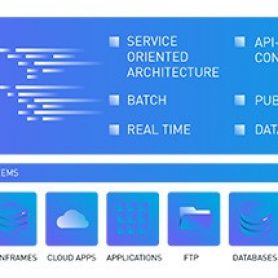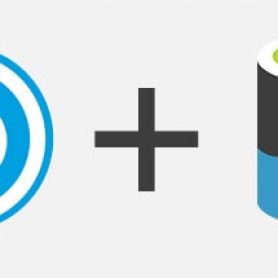Introducing Anypoint Monitoring
Governance, visibility, and control are the trifecta requirements for software management. With digital landscapes comprised of APIs, integrations, applications, hardware devices, on-premises systems, and
Using Anypoint Platform to securely access backend APIs
This is a guest blog from Kian Ting, an Integration Software Engineer at Christchurch City Council. The broader team consists of Kian Ting, Eden
10 ways Mule 4 will make your life easier
By now, you have probably heard a lot about how Mule 4 makes it easier to leverage the power of Mule in your integrations.
Building reusable components with REST Connect and Mule 4
Earlier this month, at MuleSoft CONNECT 2018, we unveiled Titan, the next major release of Anypoint Platform. A major component of this release includes
Introducing Anypoint Platform Titan release
Earlier this month, at MuleSoft CONNECT 2018, we unveiled Titan, the next major release of Anypoint Platform. This release represents our most comprehensive Anypoint
Running Mule 4 in Docker on Raspberry Pi
In my last article, we saw how we can install Mule 4 on a Raspberry Pi. And while Mule 4 runs perfectly fine on
How to build a streaming application in Mule 4
We recently announced the GA release of Mule 4 and Studio 7, a major evolution of the core runtime behind Anypoint Platform. Over the
Creating a customer 360 with MuleSoft and Azure Data Lake Store
As companies embrace omnichannel strategies, achieving a 360-degree view of their customers has become increasingly challenging. Customer 360 is a continuous discipline around delivering
Integrating with Ethereum using MuleSoft – Part 2
In part one of this blog, I walked you through the process of setting up an Ethereum client and generating two Ether wallets for
Integrating with Ethereum using MuleSoft – Part 1
In my last article, I provided an example of how you can use Anypoint Platform to connect and expose a Blockchain Proxy Layer API.





